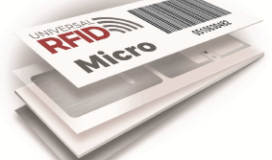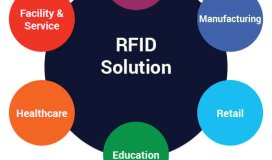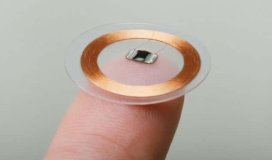If you follow the developments in the RFID technology in the tech industry on a regular basis, then you might be aware about the term NFC, which stands for Near Field Communication. RFID has been in the news for last few years and the way it has helped in accessing so many systems is remarkable. These RFID tags come in two varieties, active tags and passive tags. NFC tag is usually A NFC passive tag, which is used to communicate with active NFC tags or devices. Passive RFID tags which only have an antenna and a chip or IC, are powered through electromagnetic energy which is transmitted through RFID readers. The main components of passive RFID system are RFID antenna, RFID tag and RFID reader.
Passive NFC tags generally found applications in supply chain management, file tracking and access control. They are useful in digital applications where a small amount of data need to be transferred to an active tag device.
Passive NFC tags have three important elements which include:
1) An integrated circuit
2) Substrate
3) An antenna
Like NFC passive tag, Active tags also have a microchip and an antenna but, they are larger in size and perform different tasks. Apart from that, Active tags have additional elements like on board power supply and on board reader/writer, which allows the tag to transfer the data.
Where on one hand passive NFC tags do not have the power source and, they only transfer signals upon readers, on the other hand, active tags have battery power to broadcast the signals.
Whether you choose active tag or NFC passive tag in your RFID system, the main purpose is to choose the technology with high performance, which stands on your functioning as well as on your budget.



